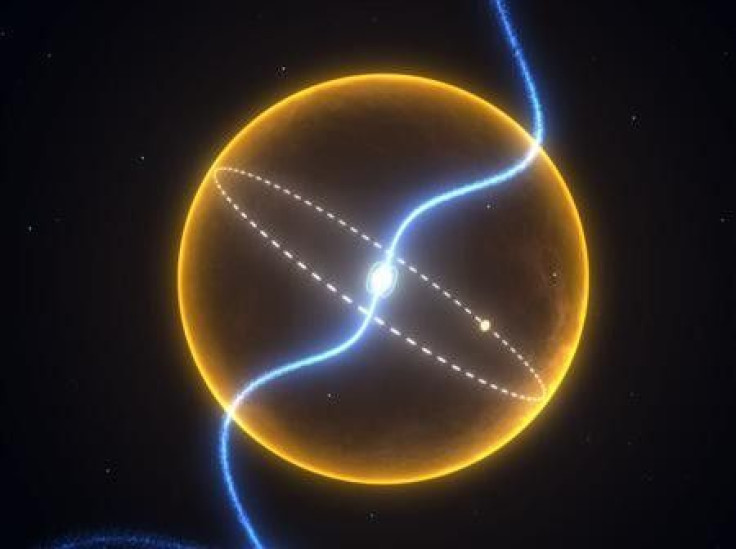Astronomers Discover Entire Planet Made of Diamonds

In a discovery bound to make many women happy, astronomers have found the single largest discovery of diamonds on a planet 4,000 light-years away, as part of the Milky Way's plane of stars.
Detected first as an unusual pulsating star, called a pulsar, which are tiny, dead neutron stars roughly 12 miles in diameter and which spin hundreds of times a second, emitting beams of radiation.
The study was led by Professor Matthew Bailes of Swinburne University of Technology in Australia and published in the journal Science.
The evolutionary history and amazing density of the planet all suggest it is comprised of carbon -- i.e., a massive diamond orbiting a neutron star every two hours in an orbit so tight it would fit inside our own sun, Bailes said.
The astronomers also believe that the diamond planet is the remnant of a once massive star, most of whose matter was siphoned off toward the pulsar.
This remnant is likely to be largely carbon and oxygen, because a star made of lighter elements like hydrogen and helium would be too big to fit the measured orbiting times, said Michael Keith, one of the members of the research team.
The new planet is also more dense than anything before observed and is made almost entirely of carbon. Because the molecules are so tightly packed together, researchers calculate that it must be crystalline in nature, making it a diamond.
The rarity of milisecond pulsars with planet-mass companions means that producing such 'exotic planets' is the exception rather than the rule, and requires special circumstances, Benjamin Stappers, from the University of Manchester, said.
The team comprised of scientists from Australia, Germany, Italy, the UK and the U.S. made the discovery by using a 64-meter radio telescope in Parkes, Australia.
© Copyright IBTimes 2024. All rights reserved.











